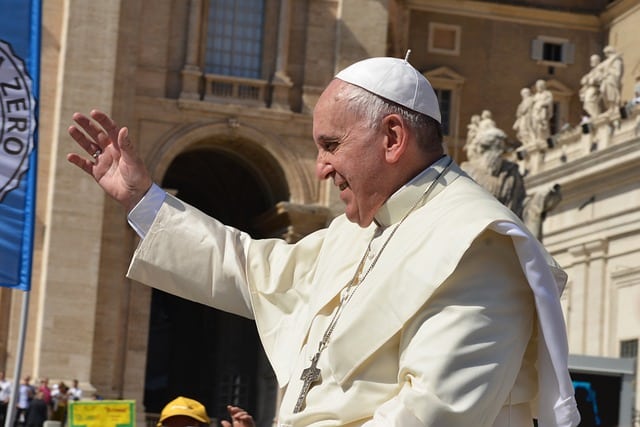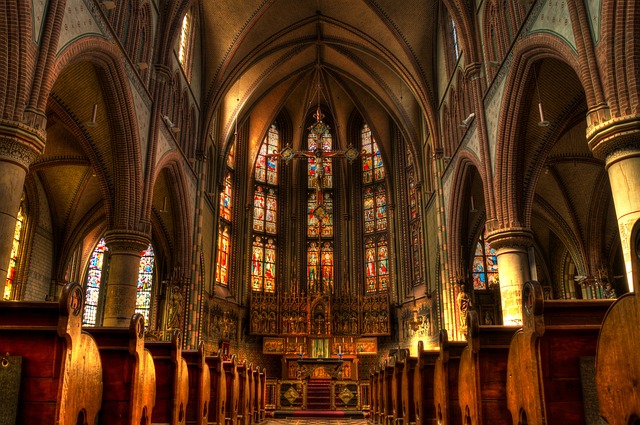
The prelature is a dignity conferred by the pope
The Latin word praelatura came to Spanish as prelature . This is what the office and dignity of the prelate is called: an ecclesiastical superior.
General characteristics
This dignity of the Catholic Church is conferred by the Pope and is usually honorary, although it can also consist of a jurisdiction , whether personal or territorial, a distinction that we will see later. As we mentioned in the previous paragraph, the origin of this term is found in the Latin language, more precisely in the participle of the verb præferre , which can be translated as “to prefer.” This gives us the idea that the prelate has a certain advantage over the remaining part of the clergy.
When talking about prelate we cannot help but refer to the image of the bishop, who has the diocese as a prelature. Both the regular abbots and the superior generals that we can find in Catholic groups when observing the types of prelate that exist, derive from this archetype and in some cases are honored with certain episcopal insignia, such as the miter and the crosier in the case of the mitered abbots.
personal prelature
The ecclesiastical institution of Catholicism that establishes the Apostolic See with the objective of carrying out missionary or pastoral tasks that benefit various regions and communities of society is known as the personal prelature . A prelate is in charge of its administration, with whom some deacons and priests collaborate to carry out their work.
Said prelate can be either a priest or a bishop, although there must be congruence between the pastoral mission entrusted to him and his episcopal character . It is important to note that there is the possibility of organic collaboration by lay people in this type of prelature.
Currently there is only one personal prelature: Opus Dei , whose full name is personal prelature of the Holy Cross and Opus Dei . Pope John Paul II was in charge of establishing this personal prelature in 1982 , whose first prelates have been distinguished with episcopal ordination.
honorary prelature
The honorary prelature is usually granted to priests who make up the Roman curia, the group of government bodies of the Church and the Holy See that is made up of various institutions called dicasteries and is directed by the pope himself to carry out judicial, executive tasks. and legislative. On the other hand, it is also granted to religious from other countries, who receive the right to wear certain attributes of the episcopate as part of their distinction within the Church. These can be called monsignor , even without having become bishops.
An example of honorific prelature is found in the so-called prelates di Fiocchetto , four members of the Apostolic Chamber (the body that administered finances, justice and other affairs of the Papal States). They were distinguished with the possibility of putting a violet bow on their horses. The four positions, which no longer exist today, were the following: the Treasurer General, the Auditor General, the Butler of His Holiness and the Vice-Camarlengo.

Personal, honorific and territorial prelatures are recognized
territorial prelature
As for the territorial prelature , it is a sector of the Catholic Church that especially attends to a certain place given its needs . Most territorial prelatures are located in Latin America .
In Argentina , for example, there is the territorial prelature of Humahuaca , which was entrusted to the Claretians and includes departments of the provinces of Jujuy and Salta . The territorial prelature of Moyobamba in Peru , the territorial prelature of Santo Cristo de Esquípulas in Guatemala , and the territorial prelature of Cancún-Chetumal in Mexico are other organizations of this type.
